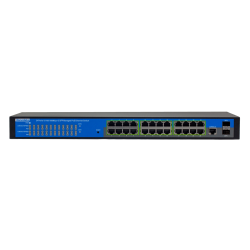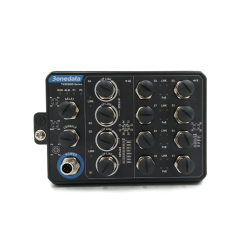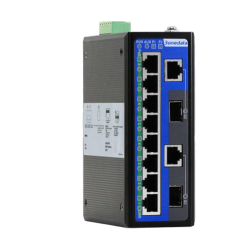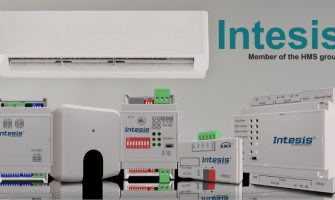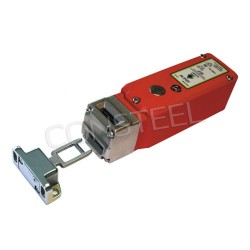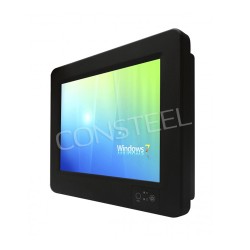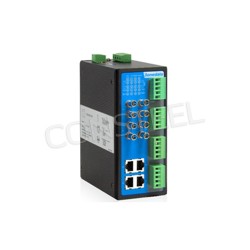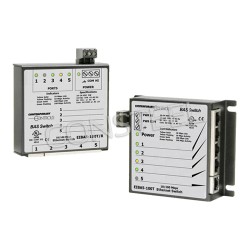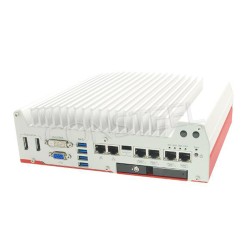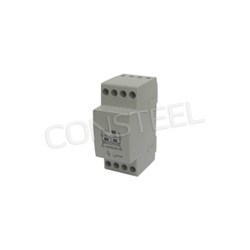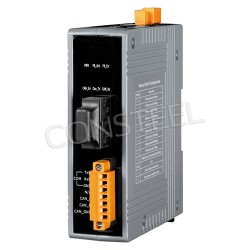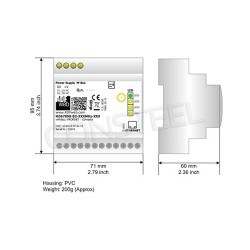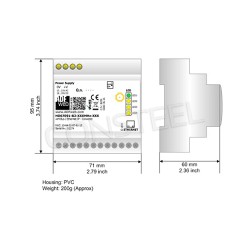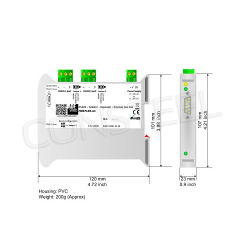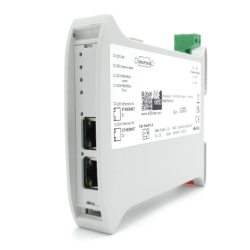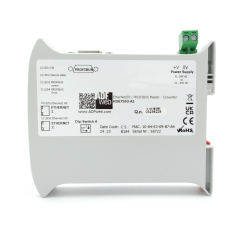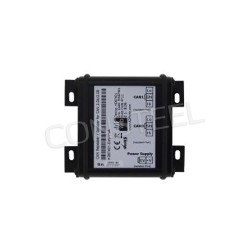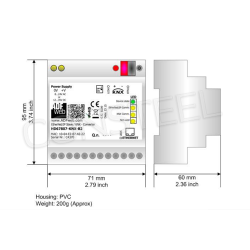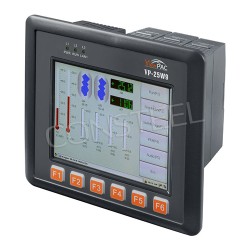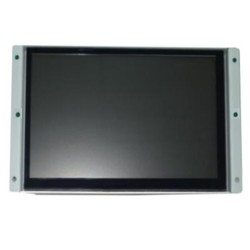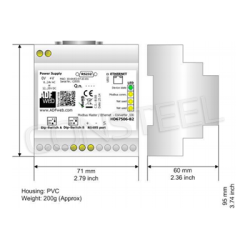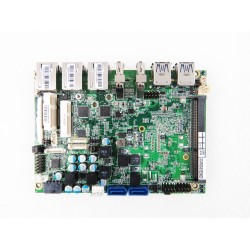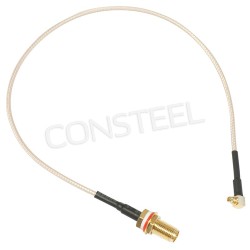Industrial PoE Switch for Outdoor Applications
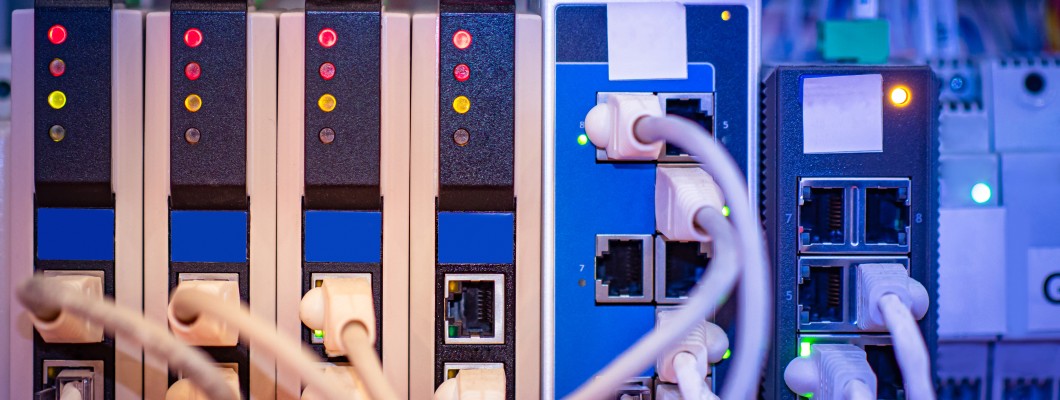
PoE means that power can be accessed via a single network cable. Power over Ethernet technologyprovides power to devices such as sensors, IP cameras and access points via an Ethernet plug. Through PoE, network complexity can be applied with a single plug, in addition to power and operation. Solving from this technology, the device can only be connected to the power source through the Ethernet cable, eliminating access to the power source.
PoE (Power over Ethernet) uses RJ45 copper connectors for 100-meter service and transmission over 10 Mbit/s, 100 Mbit/s (Fast Ethernet) and 1000 Mbit/s (Gigabit Ethernet) networks. There are many Ethernet standards, all of which are defined by the IEEE 802.3 standard. Industrial switchesbuilt for industrial environments are specifically disabled to withstand extreme temperatures, loads and other disturbances. Availability of transmission and network transmission even in hostile conditions and environments. Available in industrial environments in places such as railroad stations, shipping, mining, oil and gas industries.
PoE industrial switch in outdoor IP surveillance
PoE industrial switch for one of the key components of IP monitoring. The PoE device connects all network devices that are part of the monitoring system together, including computers, phones, IP cameras, network recorders, etc. Power supply capability.
Applications used in PoE industrial switches for IP power include:
- Intelligent city congestion and shifting traffic
- Power supply and distribution
- water supply and sewerage
- oil switches
- and many others.
The challenges and advantages of PoE industrial switches in outdoor IP monitoring
Challenge: pre-stop risk
Industrial PoE switch provides reliable and dependable performance as it has many features such as power redundancy, PTP, ERPS, condition assurance design and reinforced single component. All of these features minimize downtime in the event of something occurring to happen immediately.
Challenge: features and enclosures to provide extreme conditions
Industrial construction differs from commercial construction in that it is equipped with a strong, rugged enclosure that provides graduated IP protection, which applies to shock, vibration and extreme temperatures. The industrial PoE switch has an industrial-grade network connection.
Challenge: non-PoE devices and brake outlet
The use of PoE splitters allows the use of network devices that do not support PoE. E.g. network cameras can be powered and transmitted over a single Ethernet network. For this purpose, the PoE splitter has two output cables that separately provide power and data.
Challenge: adding new
Power over Ethernet technology has the advantage that it can be built on network infrastructure. Additional devices are powered through the structured power supply. With the new 4PPoE standard available, additional energy information can be included. Additional electrical connection and wiring is not necessary.
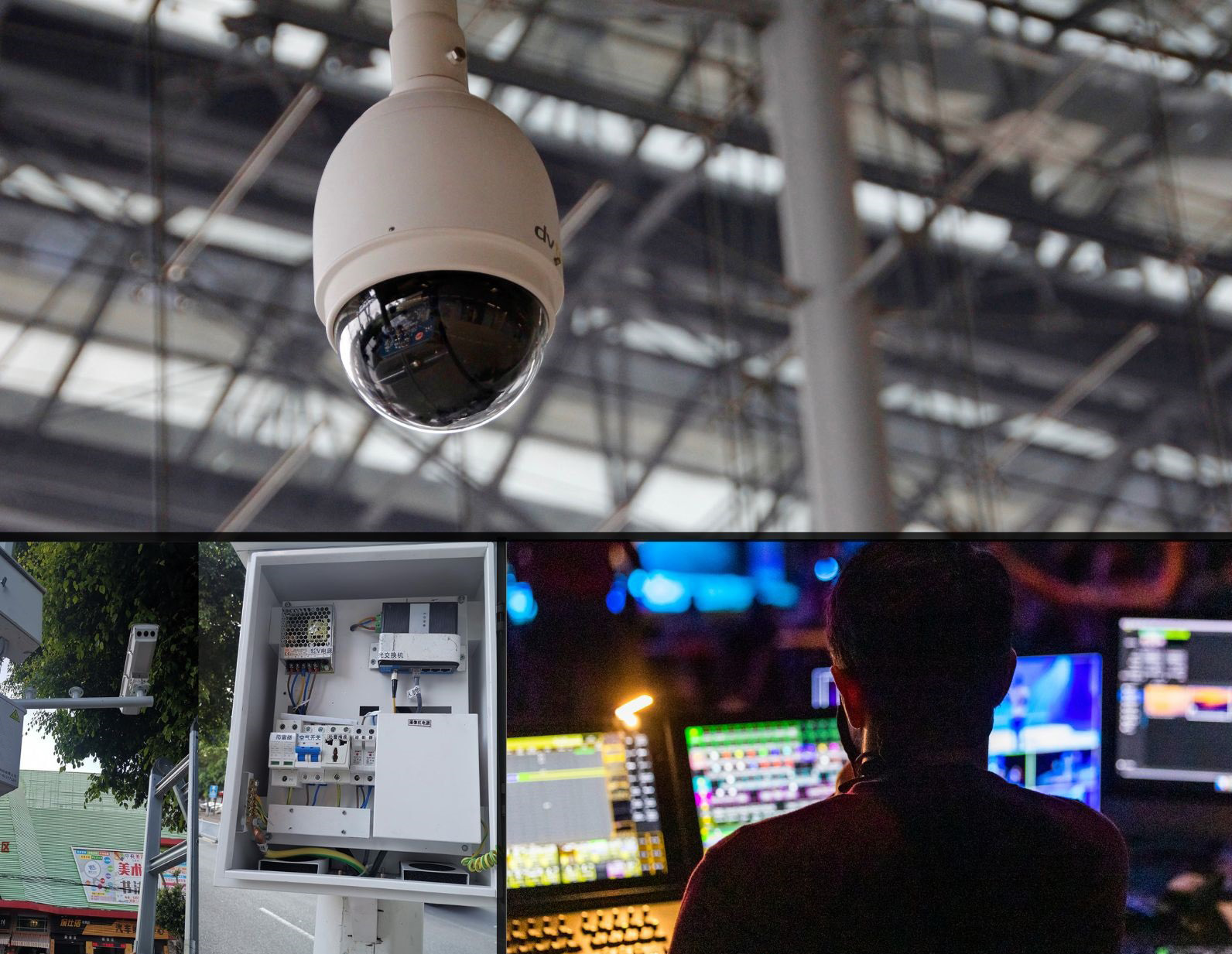
The challenges and advantages of PoE industrial switches in outdoor wireless applications
Challenge: device cost
The Gigabit Ethernet industrial PoE switch can be shared for data while powering radiant devices at a distance of 100 meters. this flows resources from the use of executive equipment. The PoE industrial switch is available with remarks to eliminate the use of additional wiring, power outlets and other components, allowing the connection of multiple components.
Challenge: device installation problem
The PoE industrial switch has the ability to have a DIN-rail installation, which includes a software upgrade. With these devices, you can connect the control bus as part of a standard mounting system or in a standard rack. What's more, the DIN rail mounting accessories help you access rack space, as well as protect electrical equipment from access and devices.
Challenge: energy costs
With Power over Ethernet, for example, you can intelligent lighting management. The Ethernet cable does not just provide power, but also sends a removal command, such as turning lights on and off or even dimming them. Incorporated into central lighting control over the network. This is a unique advantage, especially in large building complexes, which allows for precious height.















